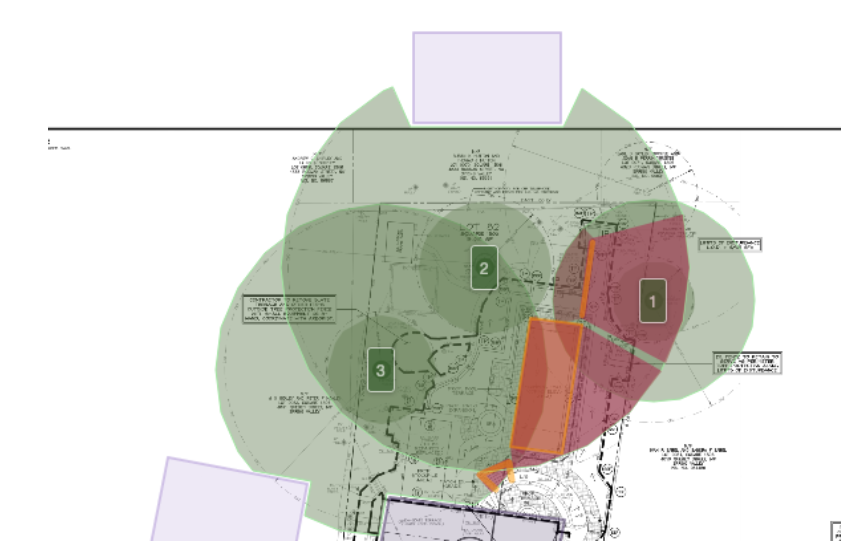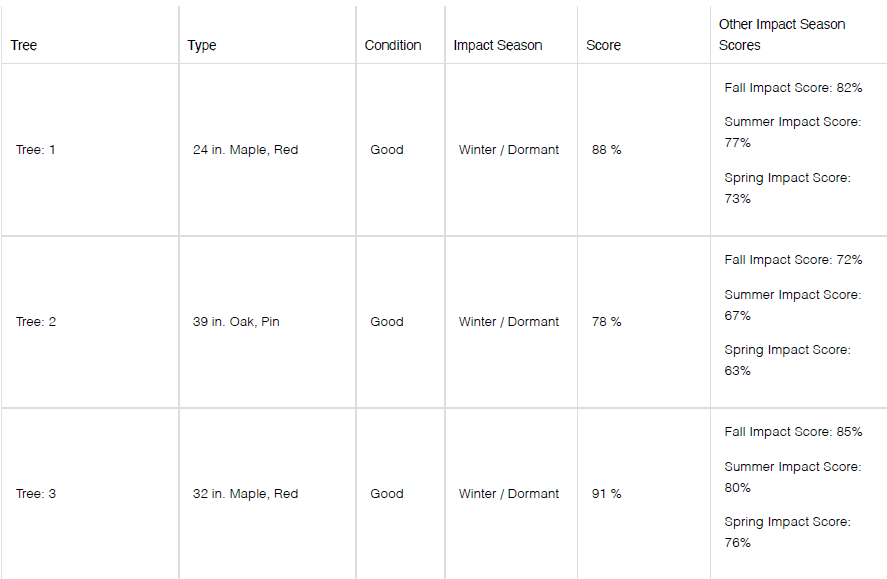"I'm Sorry But You Are Going To Have Leaves in Your Pool"
A look at two upscale tree preservation projects where Tree Matrix analysis gives the go ahead for a construction project.
Tuesday, March 15, 2022
Tuesday, March 15, 2022

Another larger diameter red maple is found on the neighboring property. The homeowners did not want to kill their neighbor’s tree and wanted to keep the maple on their property. Because of the tree preservation laws within DC, the pin oak is a ‘protected’ tree.



